Character type is a single character (16-bit number of a Unicode table character). It is declared in C# with the keyword char. The Unicode table is a technological standard that represents any character (letter, punctuation, etc.) from all human languages as writing systems (all languages and alphabets) with an integer or a sequence of integers. More about the Unicode table can be found in the chapter “Strings and Text Processing”. The smallest possible value of a char variable is 0, and the largest one is 65535. The values of type char are letters or other characters, and are enclosed in apostrophes.
Character Type – Example
Consider an example in which we declare one variable of type char, initialize it with value ‘a’, then ‘b’, then ‘A’ and print the Unicode values of these letters to the console:

Strings
Strings are sequences of characters. In C# they are declared by the keyword string. Their default value is null. Strings are enclosed in quotation marks. Various text-processing operations can be performed using strings: concatenation (joining one string with another), splitting by a given separator, searching, replacement of characters and others. More information about text processing can be found in the chapter “Strings and Text Processing”, where you will find detailed explanation on what a string is, what its applications are and how we can use it.
Strings – Example
Consider an example in which we declare several variables of type string, initialize them and print their values on the console:

Object Type
Object type is a special type, which is the parent of all other types in the .NET Framework. Declared with the keyword object, it can take values from any other type. It is a reference type, i.e. an index (address) of a memory area which stores the actual value.
Using Objects – Example
Consider an example in which we declare several variables of type object, initialize them and print their values on the console:

Nullable Types
Nullable types are specific wrappers around the value types (as int, double and bool) that allow storing data with a null value. This provides opportunity for types that generally do not allow lack of value (i.e. value null) to be used as reference types and to accept both normal values and the special one null. Thus nullable types hold an optional value.
Wrapping a given type as nullable can be done in two ways


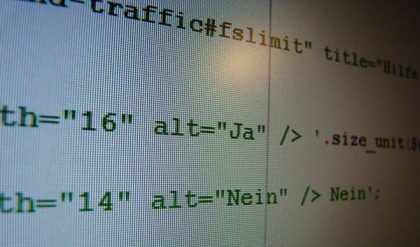
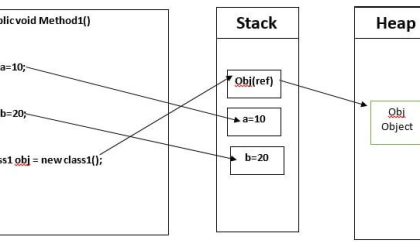
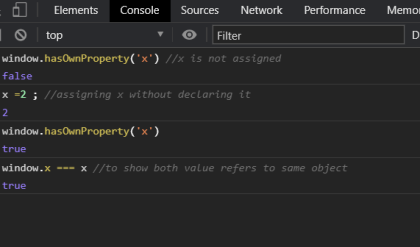

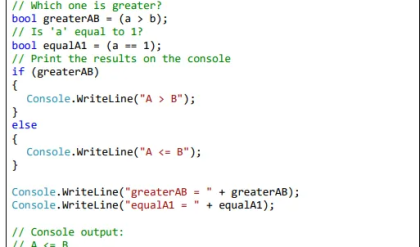
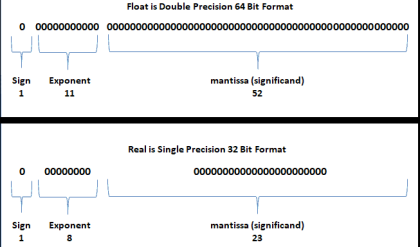
Comments are closed.